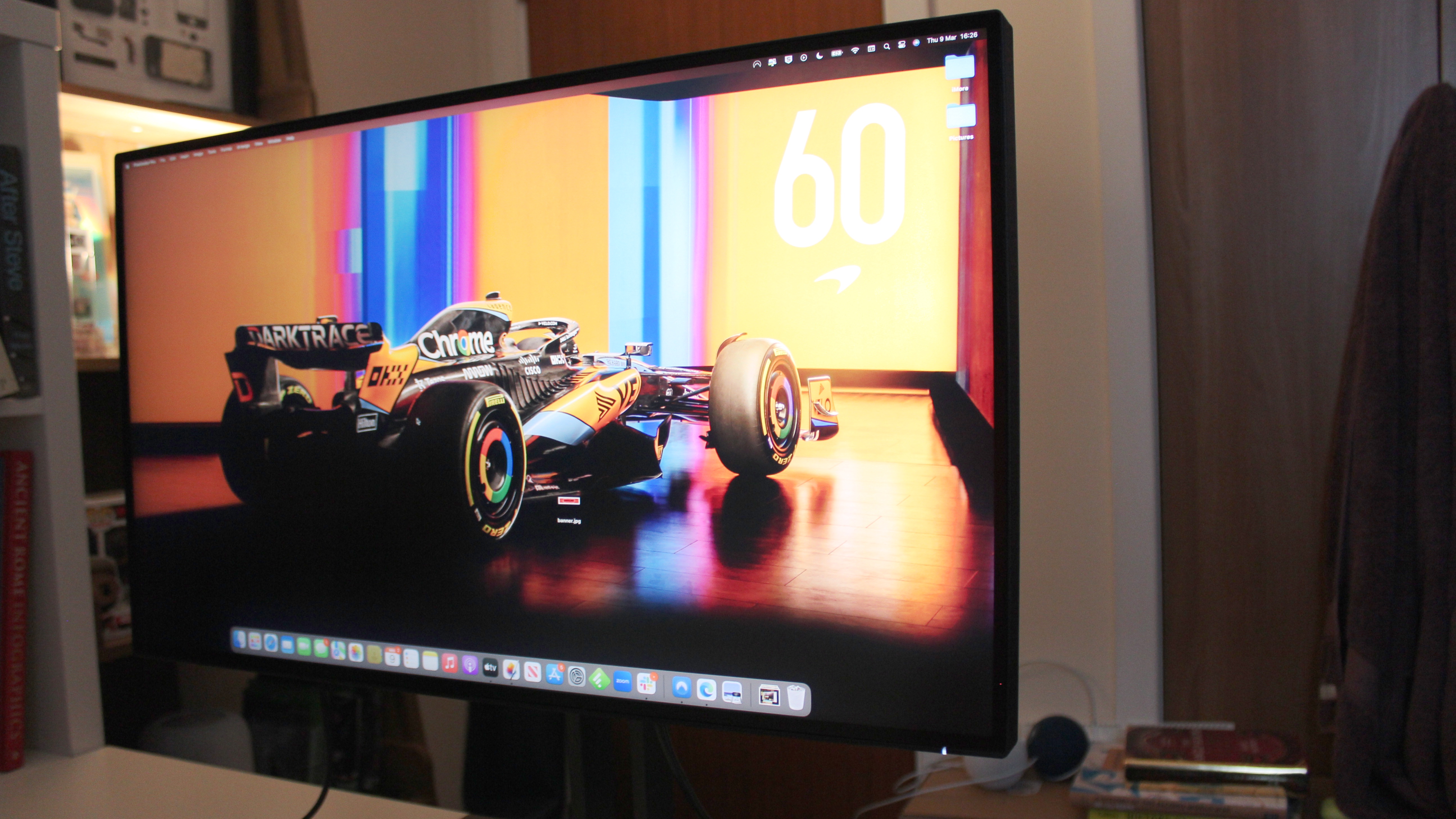iMore Verdict
A tremendous display with all the hub you could ever need.
Pros
- +
Immense display
- +
Great build quality
- +
Thunderbolt/USB4 hub with loads of ports
Cons
- -
Thicc
- -
Clunky menu buttons
- -
Poor speakers
You can always trust iMore.
I’ve spent a joyous few weeks with the Philips 27B1U7903, and I’m happy to report that it is definitely one of the best 4K monitors for Mac that money can buy. However, you’ll need a lot of your local currency to secure one.
The Philips 27B1U7903 is an all-singing, all-dancing 4K monitor that boasts a significant USP in its excellent Thunderbolt 4 connectivity. It has more ports than one person could need on a desk, stunning picture quality, and great build. It’s let down slightly in some areas, however, and the price tag could make you think twice before buying. Here’s what we thought.
Where to buy
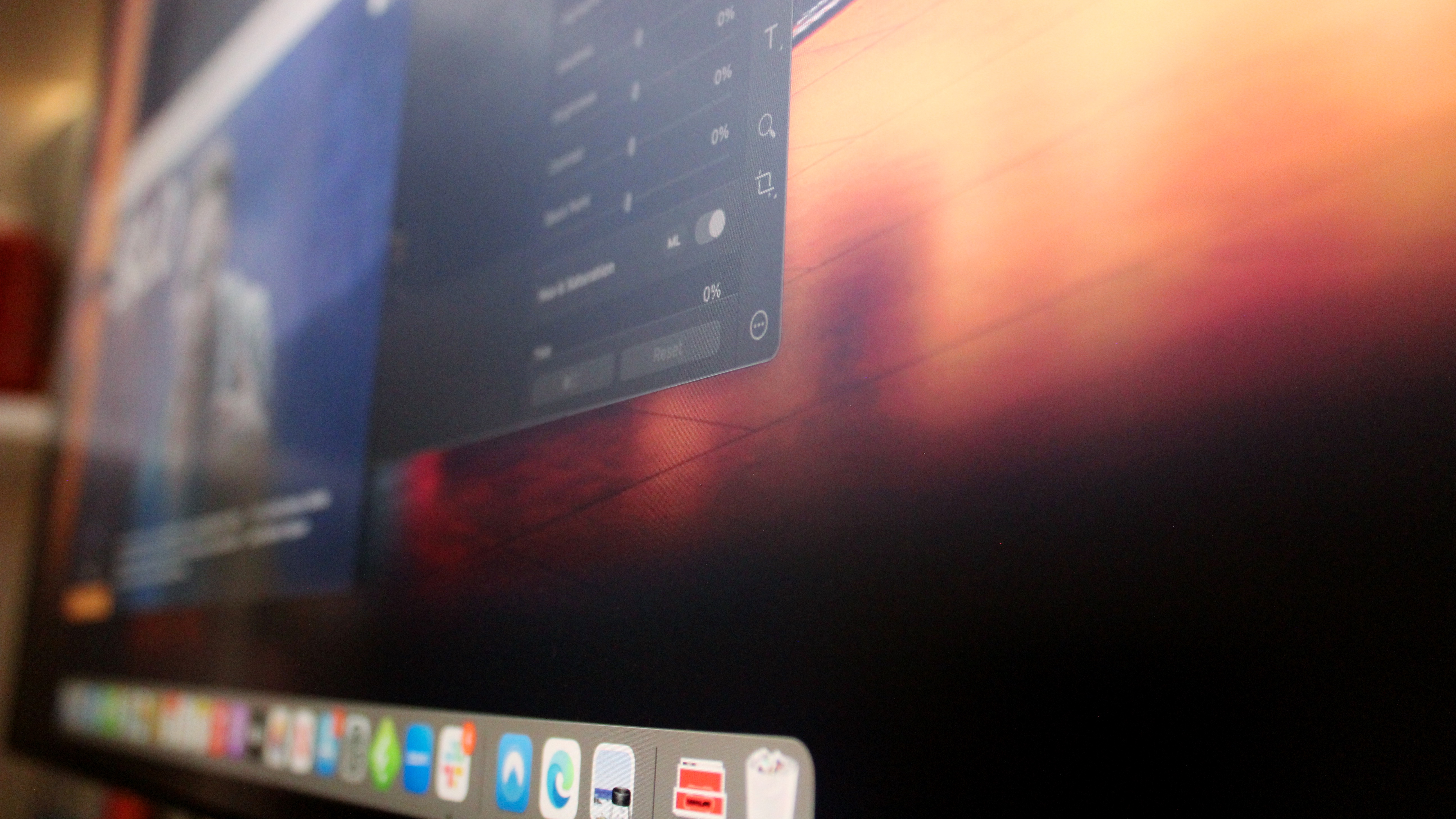
The Philips 27B1U7903 4K monitor can be bought directly from Philips in both the U.S. and the UK at the price of £1,199.
What I like

The first thing you notice about the Philips 27B1U7903 is its immense build quality. The stand, in particular, is of a very high standard and there’s no wobble or shake to speak of. Fitting the monitor to the stand is very straightforward, and the rugged plastic shell casing of the monitor's chassis rests firmly in place. The fixture mechanism is one simple sliding latch that can be used to quickly remove the monitor during the setup/takedown process. Any manufacturer might struggle to emulate or surpass that of Apple’s own Studio Display, so it's impressive that the Philips gets so close. The only monitors that I’ve used with better build quality are vastly more expensive than this, so if you want a solidly built monitor that won’t let you down the Philips 27B1U7903 is a great choice.
The monitor is a bulky 10kg, but the stand is well made and pivots in all directions so you can angle the screen to your heart’s content. It has 130mm of height adjustment, 90 degrees -/+ pivot, -/+45 degrees swivel, and between -5 and 15 degrees of tilt. Movement is smooth and effortless, so you won’t be breaking into a sweat trying to get comfortable with the monitor.
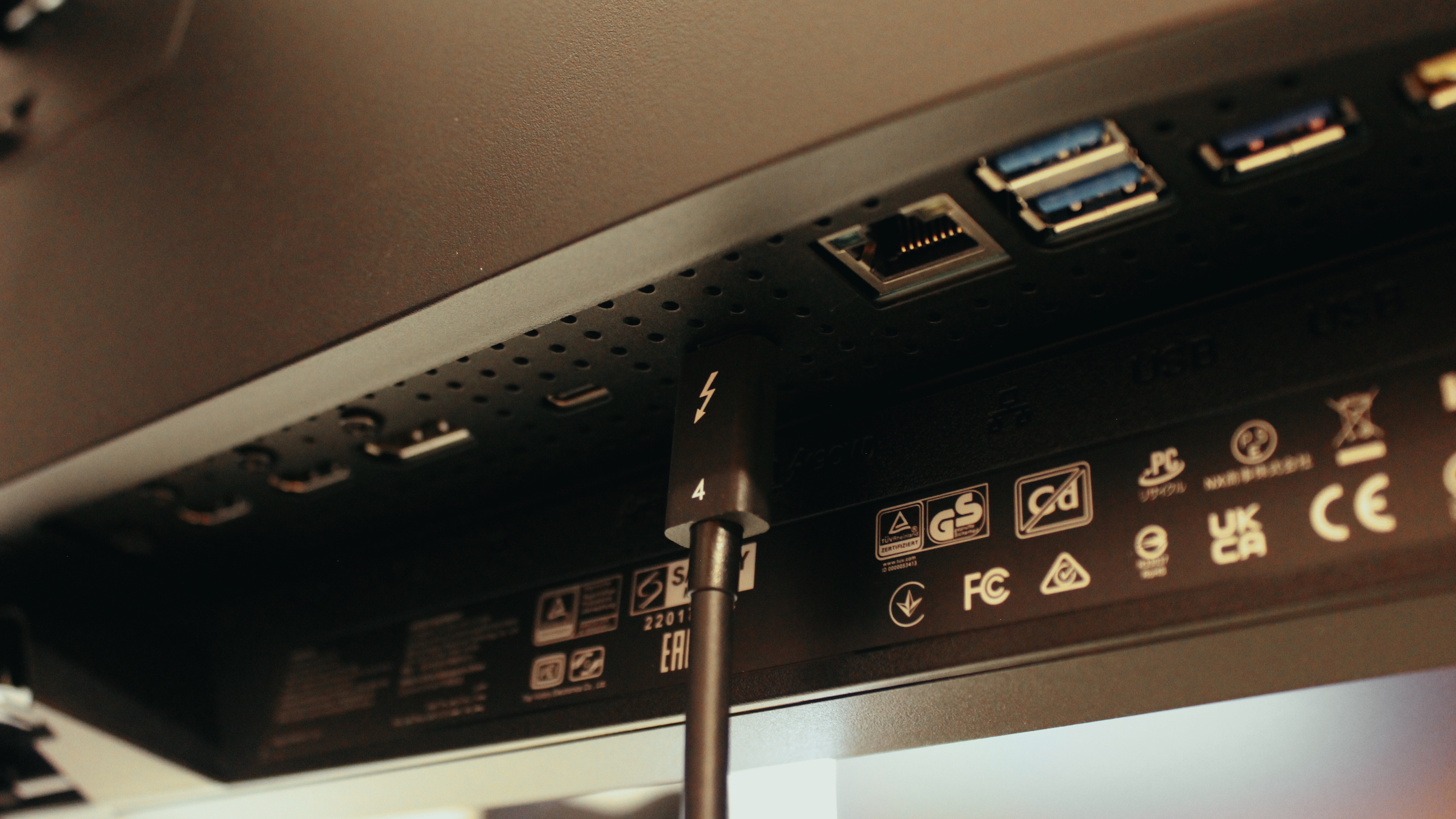
The Philips 27B1U7903 sets itself apart from other 4K mini-LED monitors thanks to its excellent Thunderbolt capabilities. In fact, it’s one of the world's first Thunderbolt 4 monitors with USB4 compliance. This means that the Philips 27B1U7903 is not only a tremendous display, but a dock in disguise. You can use it as the hub of your desk, connecting any kind of MacBook or USB-C-capable PC and leveraging its massive array of ports to expand the compatibility of your Mac. That includes 90W power delivery, so I’ve connected my 16-inch MacBook Pro via USB-C, and now have at my disposal a DisplayPort 1.4, 2 HDMI 2.0 slots, 4 USB 3.2 slots, another Thunderbolt 4 slot, audio out, and Ethernet LAN support of up to 1GB. I’ve previously used a Plugable dock to connect a few peripherals to my Mac, a mic, and so forth, but this solution is miles better.
My only gripe with the ports is that they’re all downward, rather than outward-facing, but this is a small price to pay and I assume there’s a good design reason behind this. As such, the Philips 27B1U7903 can help you eliminate desk clutter by eliminating the need for a docking station. All you need is one USB-C cable to connect your Mac and you have power and ports at your disposal, which makes enjoying that display quality that much sweeter. Thanks to USB4’s huge bandwidth, you can daisy chain multiple displays from a single port on your laptop, plugging in a second display to the Philips 27B1U7903, all while charging it. This would, of course, also work with something like the Mac Studio, but the power delivery is nice for portable machines.
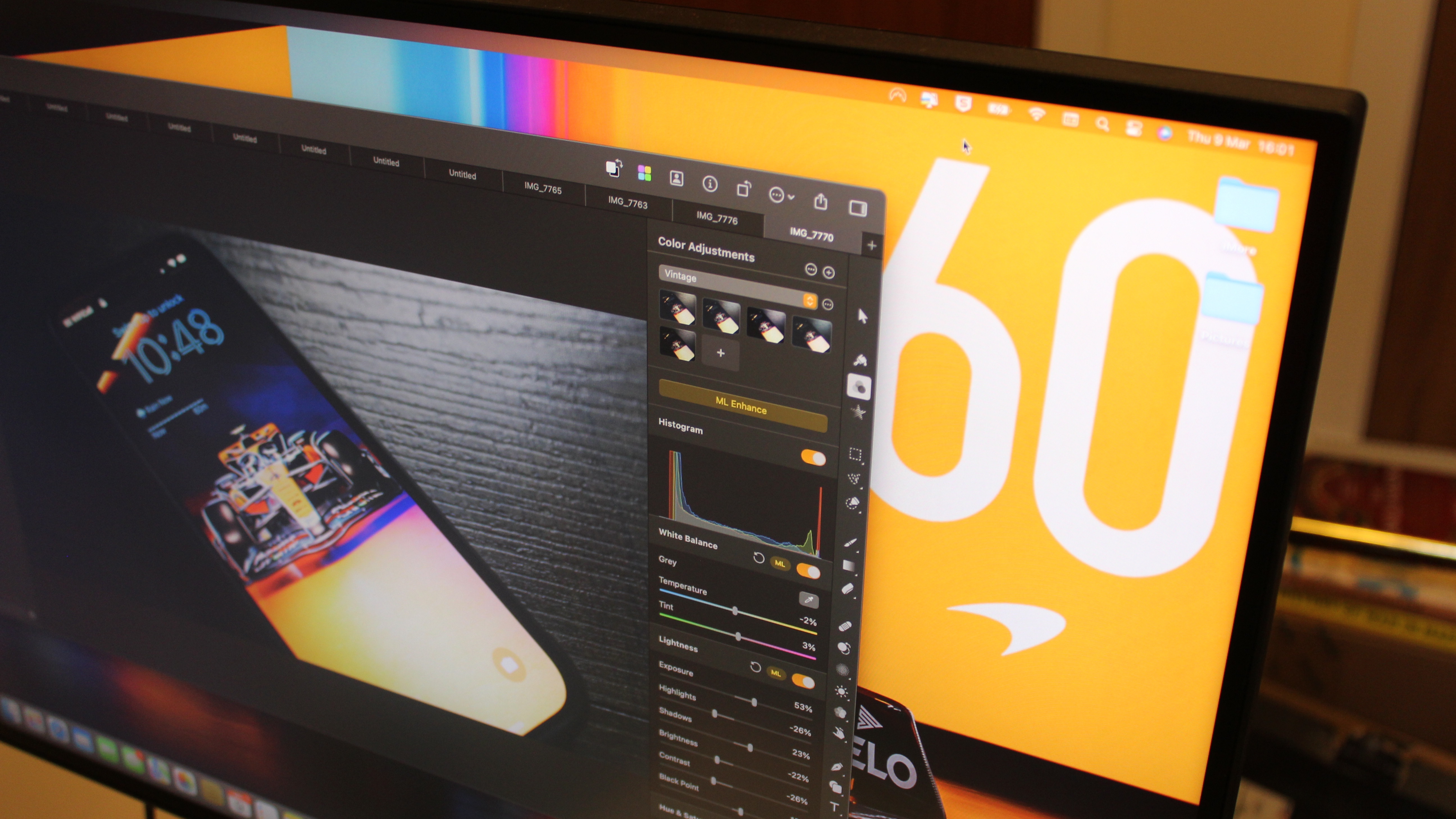
The Philips 27B1U7903 has a 4K mini-LED display that looks incredible. I’m not sure what more you expected, really. I absolutely love the anti-glare, matte finish of the display which really adds a premium touch to the display quality, as well as making it easier to view in direct light. It has four times as many dimming zones as your standard mini-LED, which means brightness, contrast, and detail across the board are absolutely sublime. I was blown away by the level of color and detail when using Pixelmator Pro, for example, seeing levels of all three that I had never noticed on my MacBook Pro’s Retina display. Peak brightness tops out at DisplayHDR 1400, which means watching movies and playing games (in 60Hz only) will look fabulous. Even just watching the Avatar: Way of Water trailer in 4K HDR was a mind-blowing experience. One incredibly nifty feature the Philips 27B1U7903 also has is an infrared “PowerSensor” that can detect when you’re sitting in front of it and automatically reduce the brightness. Philips says this’ll save you 80% in power consumption, reducing your energy bills and improving longevity.
The quality of this display is truly a masterpiece, I’m completely blown away by it. It puts my $400-ish Samsung 4K display to shame in pure image performance alone. It’s a better monitor than my best monitor, and a better dock than my best dock.
What I don't love
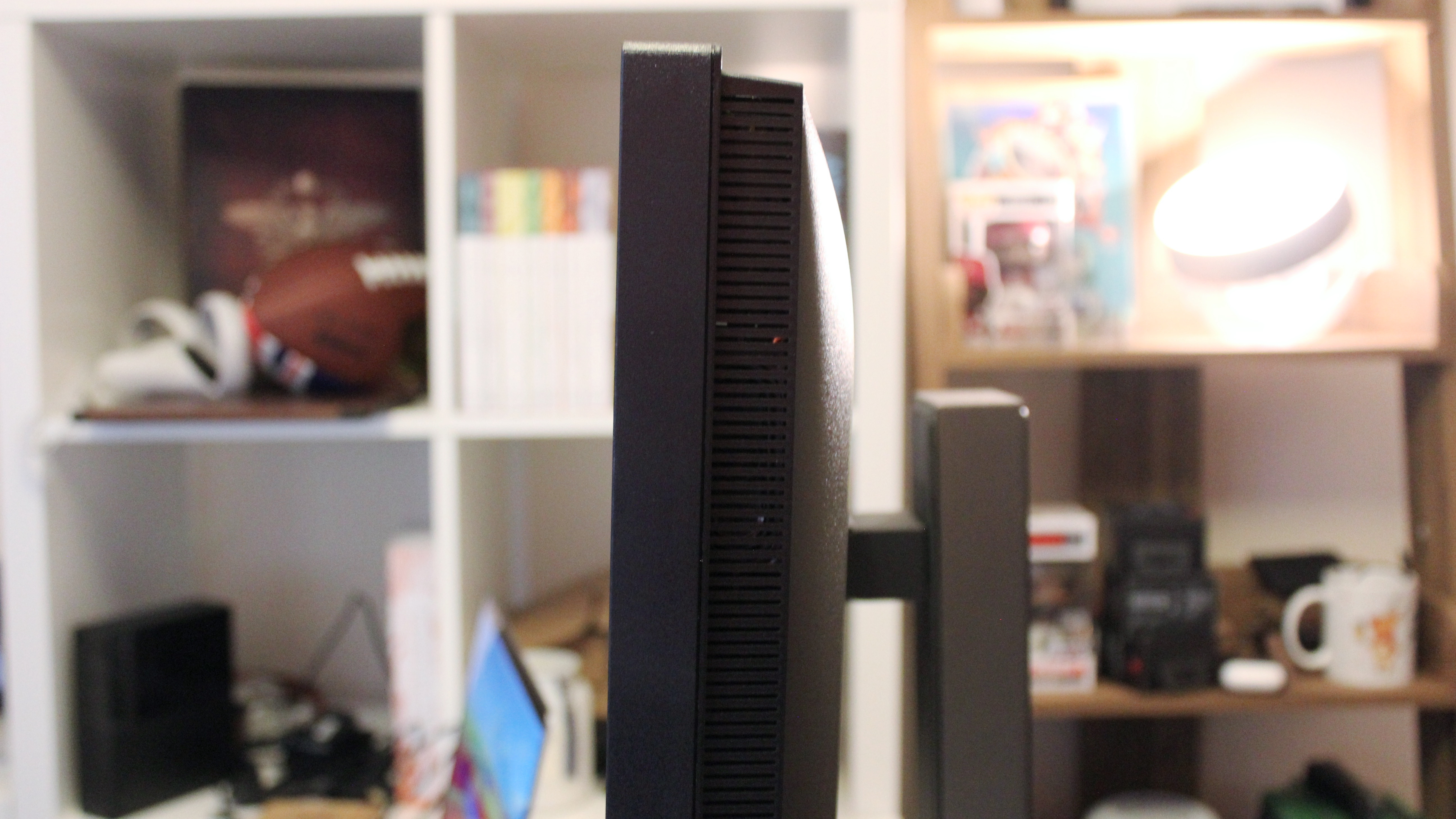
There are a couple of bits about the Philips 27B1U7903 that I don’t like. For starters it is thicc. It’s nearly 7cm thick, or 2.68 inches to be precise. That thickness houses all of the mini-LED goodness and the important thermals to keep everything cool, so there is a reason behind the chonk, but it is not a sleek, thin desktop monitor some of you might be used to.
Another tiny annoyance I have is the way the fan coughs briefly every time you flip the power switch on the monitor, but that’s definitely getting into nitpicking territory.
The most disappointing design element of the Philips 27B1U7903 is the buttons on the back used for navigating the menus. There are definitely worse places the monitor could fall down, but I definitely found the five separate buttons used for power, navigation, and selection to be a bit clumsy. I often found myself clicking the wrong button repeatedly trying to tweak settings, and I can’t help but think that the lovely click-wheel design of my Samsung 4K monitor is a much better solution to this problem.
The Philips 27B1U7903 has 2x 3W speakers. They are terrible – don’t even bother switching them on. My MacBook Pro’s built-in speakers are better, which is really saying something. Now if audio is important to you then you won’t be relying on your built-in speakers anyway, but the Philips 27B1U7903’s speakers are pushed to their limits playing pings and alerts from macOS, and should not be relied upon for any kind of conference calls, audio playback, music, or video consumption.
Given there are very few 4K mini-LED monitors with Thunderbolt 4 kicking around, the price of this monitor actually makes quite a lot of sense, but it is high. At £1,199 in the UK, you’re not far off Apple Studio Display money, which might push some to fork out the extra for the 5K resolution. However, BenQ offers a 32-inch 4K monitor with Thunberbolt 3 that costs $1,199, so maybe this Thunberbolt 4 option is quite a good deal. Make no mistake, however, the Philips 27B1U7903 has very few flaws. The only other one I can think of is the lack of a larger 32-inch option for more screen real estate.
Competition
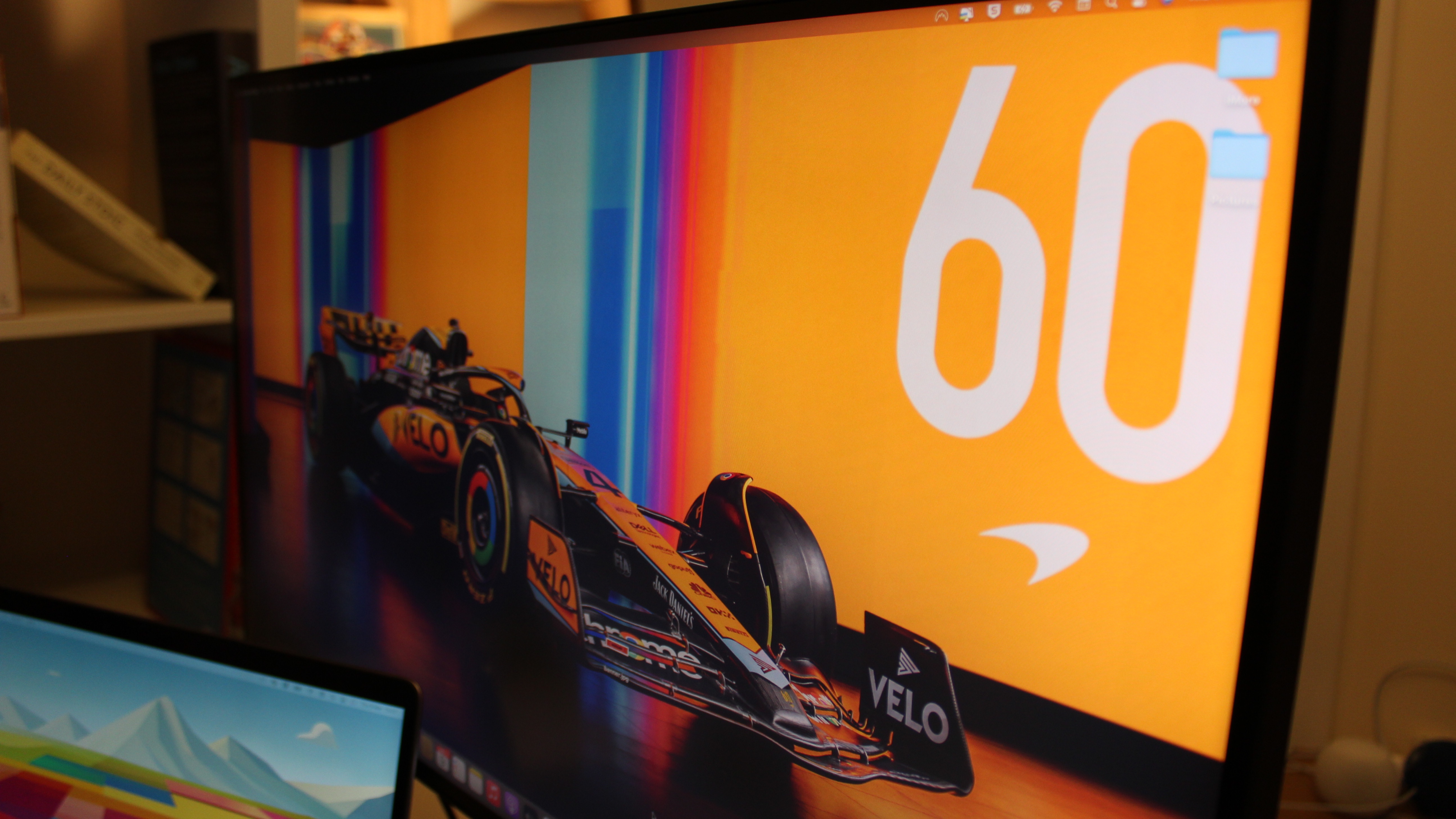
As I’ve already noted, competition for the Philips 27B1U7903 is slim given its epic feature set. In terms of raw display power, the Apple Studio Display offers 5K resolution, Thunderbolt 3 input with 96W of power delivery, and three further USb-C ports. It also has an onboard chip, built-in webcam, and much better speakers than this Philips. However, it is decidedly more expensive.
The aforementioned BenQ PD3220U offers similar levels of connectivity but only via Thunderbolt 3, and is usually priced at $1,199.
I also like the Dell UltraSharp 32 4K USB-C Hub Monitor - U3223QE which comes in at under £1,000. That’s for a 32-inch 4K display with a higher contrast ratio. However, it only has DisplayHDR400, not 1400, and again lacks Thunderbolt 4. There are alternatives then at either side of the pricing spectrum, but none offer the same potent combo of features, ports, and display quality that the Philips does.
Verdict
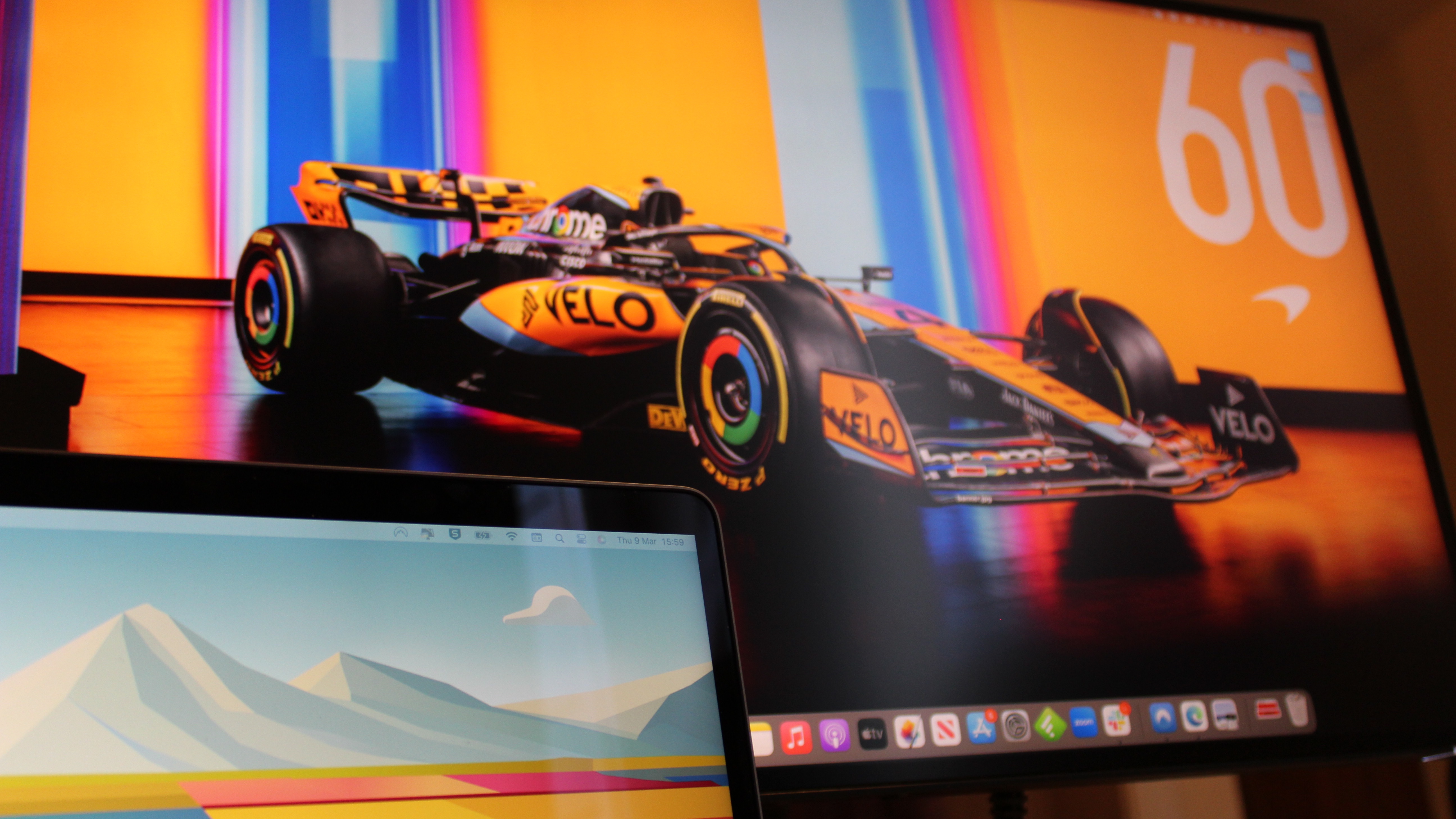
If you spend your hard-earned cash on the Philips 27B1U7903 you will not be disappointed. It has display quality to die for, ports aplenty, and great build quality. Poor speakers and fiddly menu buttons are not enough to stop this from being the best 4K monitor for Mac that we’ve ever tested. If you need 4K, HDR, a hub, and intense levels of details, the Philips 27B1U7903 is the monitor for you.

Stephen Warwick has written about Apple for five years at iMore and previously elsewhere. He covers all of iMore's latest breaking news regarding all of Apple's products and services, both hardware and software. Stephen has interviewed industry experts in a range of fields including finance, litigation, security, and more. He also specializes in curating and reviewing audio hardware and has experience beyond journalism in sound engineering, production, and design. Before becoming a writer Stephen studied Ancient History at University and also worked at Apple for more than two years. Stephen is also a host on the iMore show, a weekly podcast recorded live that discusses the latest in breaking Apple news, as well as featuring fun trivia about all things Apple. Follow him on Twitter @stephenwarwick9
